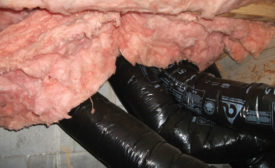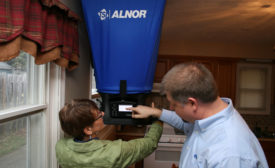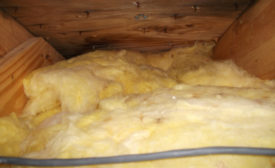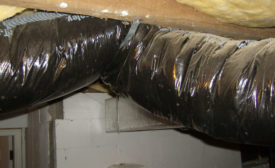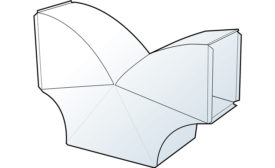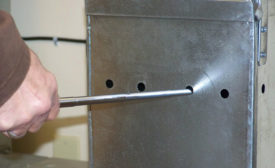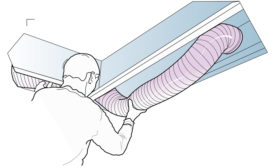Home » Duct Dynasty
Articles Tagged with ''Duct Dynasty''
Duct Dynasty: Estimate Room Airflow in Six Steps
Get your customers engaged by including them in the process
Read More
Four Ways You Might Be Using an Air Duct Calculator Incorrectly
For contractors, it’s better to light one candle than to curse the darkness
Read More
Measuring Filter Pressure Drop
It can be quite a challenging task, but these simple tips can alleviate some of the trouble
Read More
Are Your Installations Responsible for Lost Tons of Cooling?
Instead of selling the equipment’s efficiency rating, differentiate yourself by selling your craftsmanship
Read More
Copyright ©2025. All Rights Reserved BNP Media.
Design, CMS, Hosting & Web Development :: ePublishing
